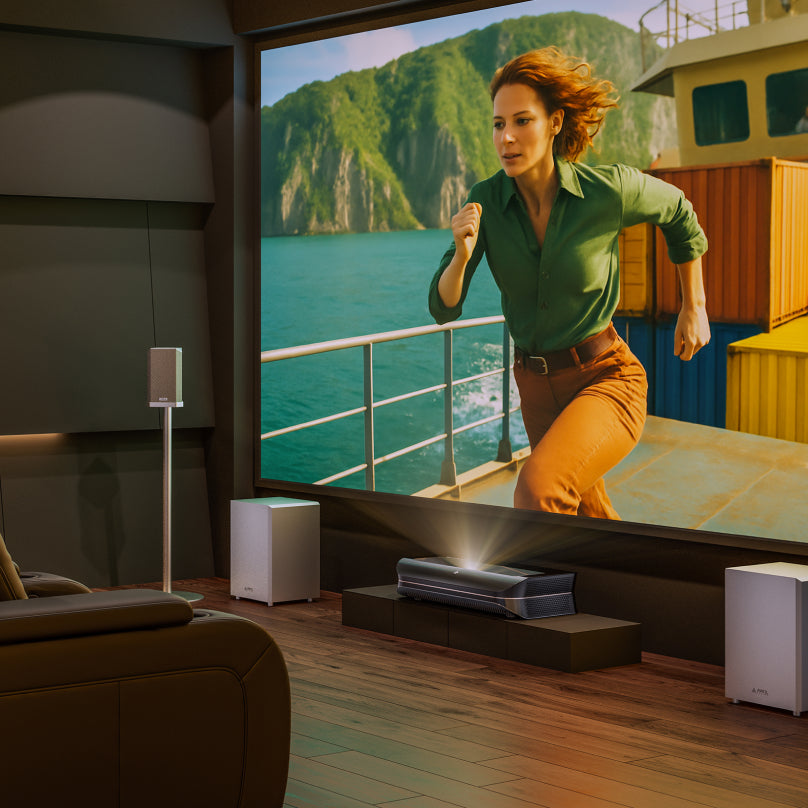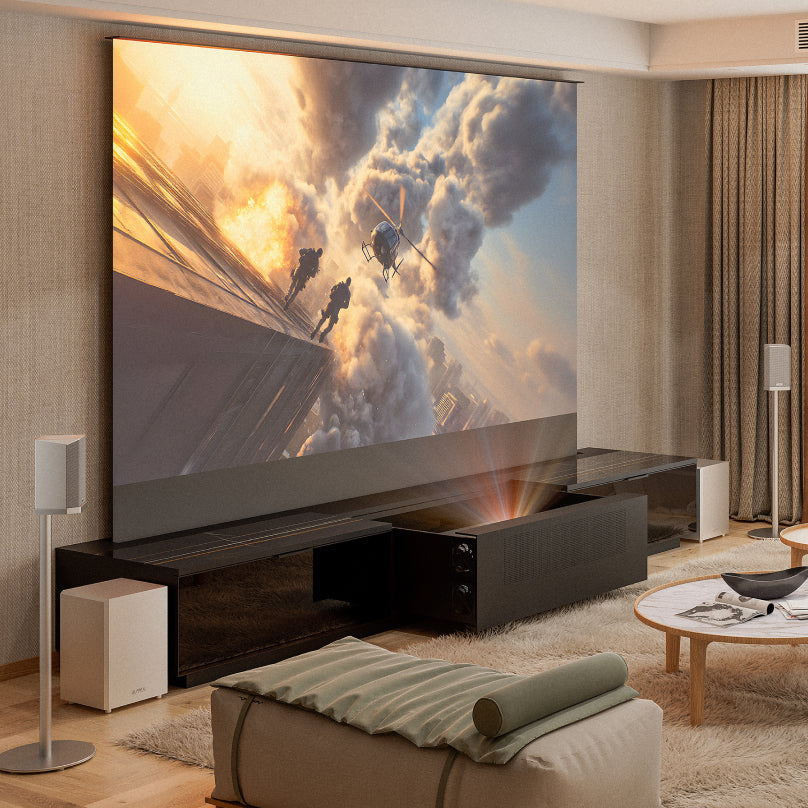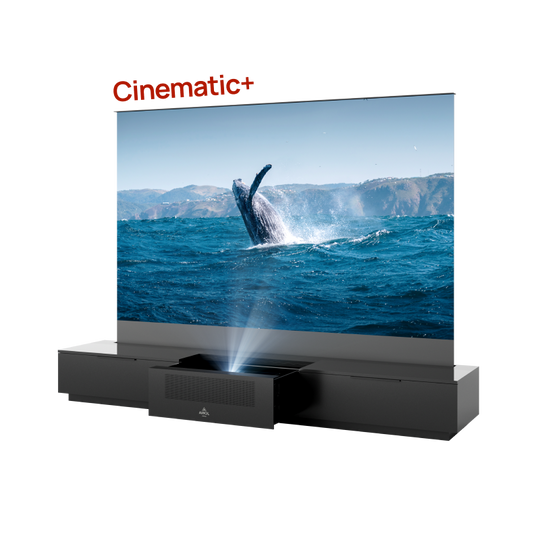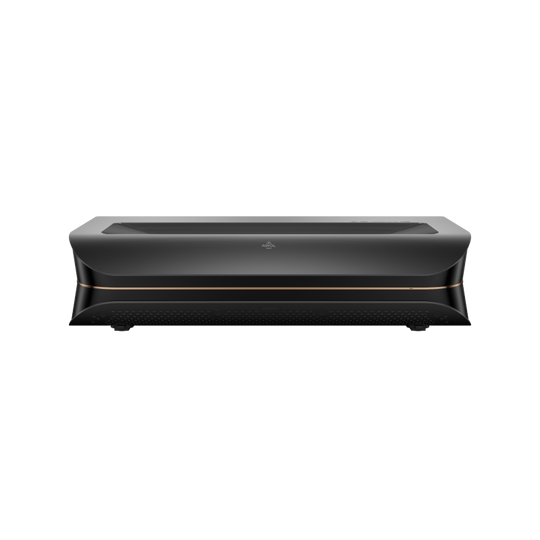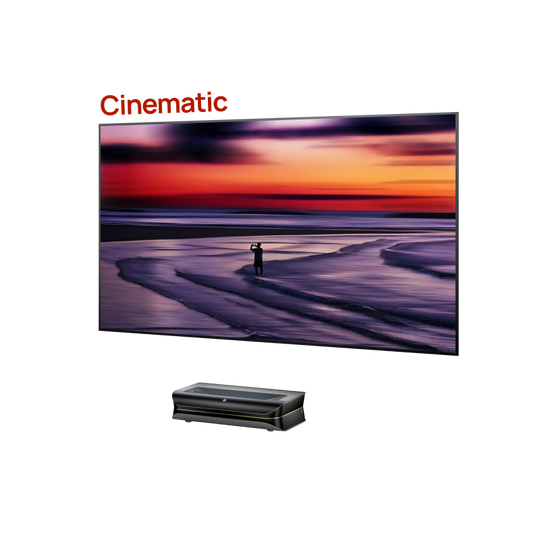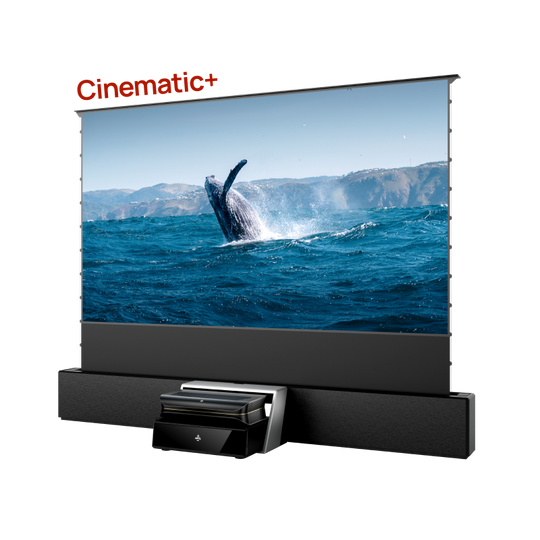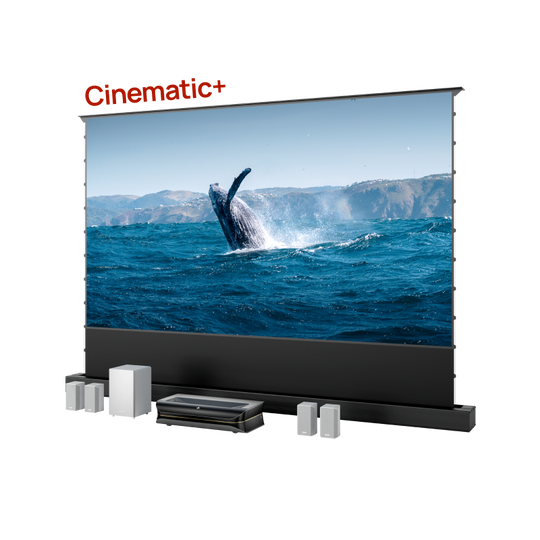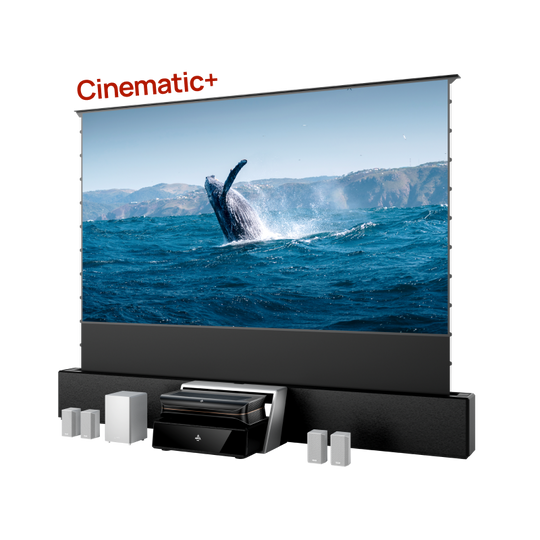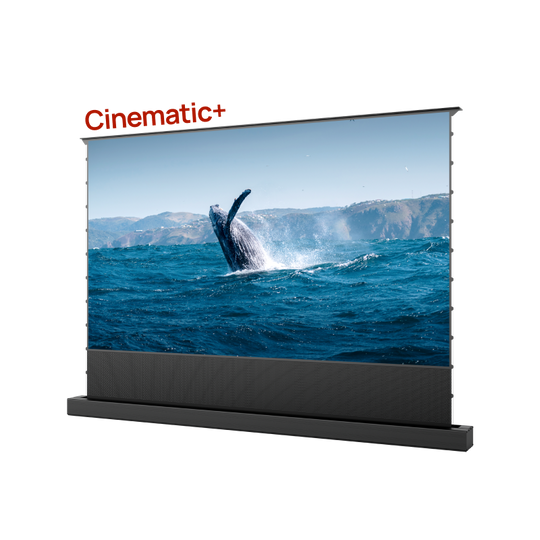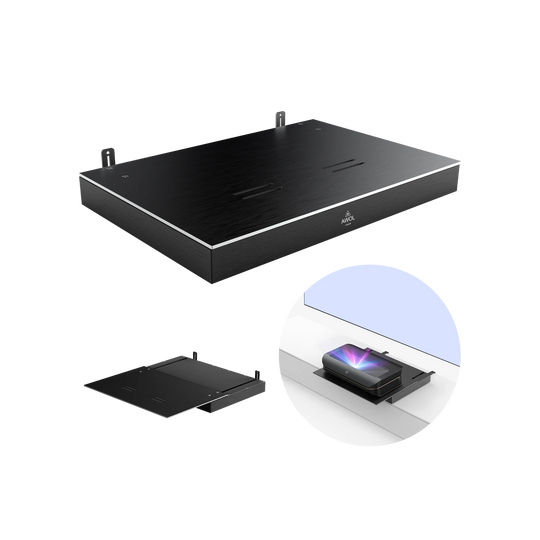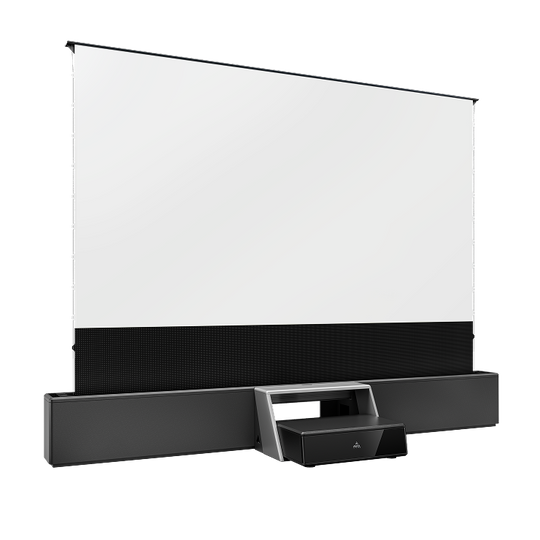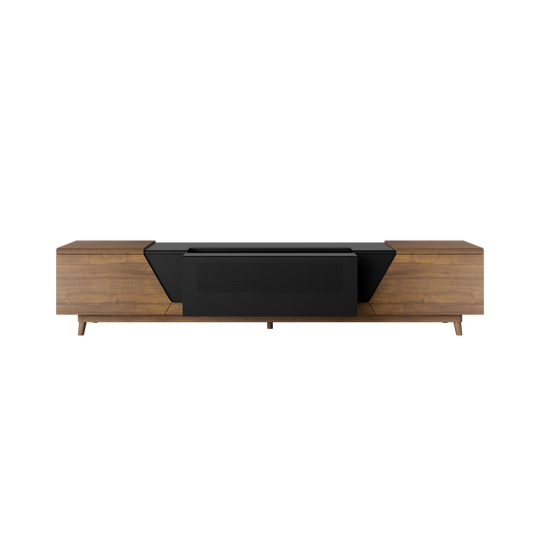As a film enthusiast, you've likely experienced the frustration of the motion on the screen not being as smooth as you'd like. This common occurrence, known as judder, can disrupt your viewing experience, making the video image appear to be moving or wobbling.
Judder is actually quite bothersome to some people. Sometimes, it is even worse than fast-moving images because it can happen when the camera slowly moves across a scene. For better immersion into the scene, the motion must be as fluid and seamless as possible. Let's learn what judder is, its effects, and how to minimize judder in films.
What is Judder: Definition and Explanation
Before we delve deeper, let's define what judder is. It's a form of visual incompatibility that occurs when the frame rate of the content you are viewing is not evenly divisible by the refresh rate of your television. In simpler terms, it's when the motion on the screen appears to be moving or wobbling, creating an irregularity in the frame repetition.

Here are some common causes of judder:
- Frame Rate Mismatch: Judder happens when the frame rate of the video (such as 24 frames per second for movies) doesn’t match the refresh rate of the display (like a 60Hz TV). The display may insert or repeat frames, leading to jerky motion.
- Movie Conversion: Movies are typically shot at 24 frames per second. When converting them to formats like 30 or 60 frames per second for TV playback, judder can appear if the conversion isn’t done smoothly.
- Video Processing: Some devices, especially older or less powerful ones, struggle to handle high-bitrate or high-frame-rate videos, causing frames to be skipped and resulting in judder.
- Fast Motion or Camera Pans: Judder is more noticeable when there are rapid movements or slow camera pans, especially if the frame rate is too low to capture the motion smoothly.
How does judder in films occur?
Movies typically play at standard 24 fps, yet most home TVs run at 60 Hz. To match the frame rate, DVDs or TVs use a technique called 3:2 pulldown, in which a given frame is shown three times, the next is shown two times, and so on. Thus, this results in an irregularity in the frame repetition, which is termed judder.
Judder vs. Jitter vs. Stutter: Key Differences
- Judder: Mismatch of the video frames per second and the display's refresh rate
- Jitter: Small, rapid changes that occur in signal timing and lead to corresponding changes in waveform shape. The display will shake constantly, or some characters will jitter.
- Stutter: Lagging in videos or temporary freezing during a film causes a short stop in the motion. The scene appears smooth but freezes and starts again.
Although judder makes the picture look shaky even at full frame rate, it is not very noticeable due to the time factor.
Effects of Judder on Viewing Experience
To film lovers, juddering can reduce the perceived quality of a film and viewers' desire to watch the movie again. Eyes easily get strained, especially when trying to cope with the daily experience of juddering. This makes it slightly uncomfortable or tiring after a prolonged time in front of the TV or computer screen.
Juddering also disrupts the audience’s immersion in the plot and negatively affects their overall cinematic experience. It can give the perception that the content is of poor quality and is something you threw together quickly.
How to Minimize Judder in Film Playback
To reduce judder during film playback, consider the following approaches:

- Choose the Right Display and Content: Ensure that your display (such as a TV or monitor) has a refresh rate that matches the frame rate of the content you're watching. For example, when viewing movies at 24 frames per second, opt for a display that supports 24Hz or 48Hz refresh rates.
- Enable Appropriate Video Processing Features: If your display supports it, activate video processing features like “Movie Mode” or “True Cinema Mode.” These modes help optimize frame interpolation and ensure smooth playback. For instance, the AWOL Vision LTV-3500 Pro is an excellent option for home theater setups. It offers a professional-grade Movie Mode that supports native 24 FPS playback, allowing films to be viewed without judder, as intended by the director.
- Limit Overuse of Motion Processing: Some displays have motion processing features that, when overused, can actually cause more judder by inserting unnecessary frames or processing frames unevenly. It's often best to turn these features off or minimize their use.
- Update and Optimize Playback Devices: Make sure your playback devices (such as Blu-ray players, streaming boxes, or TVs) and video sources (DVDs, Blu-rays, or streaming apps) have the latest firmware and software updates. This ensures optimal performance and compatibility.
- Consider Professional Video Processing Gear: For users seeking the highest video quality, professional video processors or transcoders can offer more precise frame rate conversion and reduce judder more effectively.
- Optimize Your Viewing Environment: Ensure that your viewing environment has proper lighting and angles to enhance the performance of your display, minimizing the impact of judder and other playback issues.
Conclusion: Enhancing Your Film Viewing Experience
Judder, the result of variation in the duration of a particular frame on the screen, can make your viewing experience jarring and uncomfortable. But don't worry, by investing in the right display and optimizing your settings, you can enjoy films as they were meant to be seen, without disruptive motion issues.
For film purists, ensuring smooth and seamless motion is essential. With the right equipment and settings, you can preserve the visual integrity of your favorite movies and fully immerse yourself in the cinematic experience.
FAQs About Judder in Film
Q: What is judder in film playback?
A: Judder is a visual effect that occurs when the frame rate of the content doesn't match the display's refresh rate, causing the motion to appear stuttery or wobbly.
Q: How does judder affect my viewing experience?
A: Judder can make the motion on the screen appear uneven, disrupting the smoothness and visual integrity of the film. This can strain your eyes and reduce the overall enjoyment of the movie.
Q: Why do movies typically have a frame rate of 24 FPS?
A: Movies are traditionally filmed at 24 frames per second (FPS) because this frame rate has been found to provide a good balance between motion smoothness and film production costs.
Q: What is 3:2 pulldown and how does it cause judder?
A: 3:2 pulldown is a process used to convert 24 FPS content to 30 FPS or 60 FPS formats by alternating the repetition of frames. This can create irregularities in frame display, leading to judder.
Q: What equipment is recommended for minimizing judder?
A: Using a display like the AWOL Vision LTV-3500 Pro with a professional Movie Mode can help minimize judder by accepting HD sources at their native 24 FPS, ensuring smooth and accurate playback.
